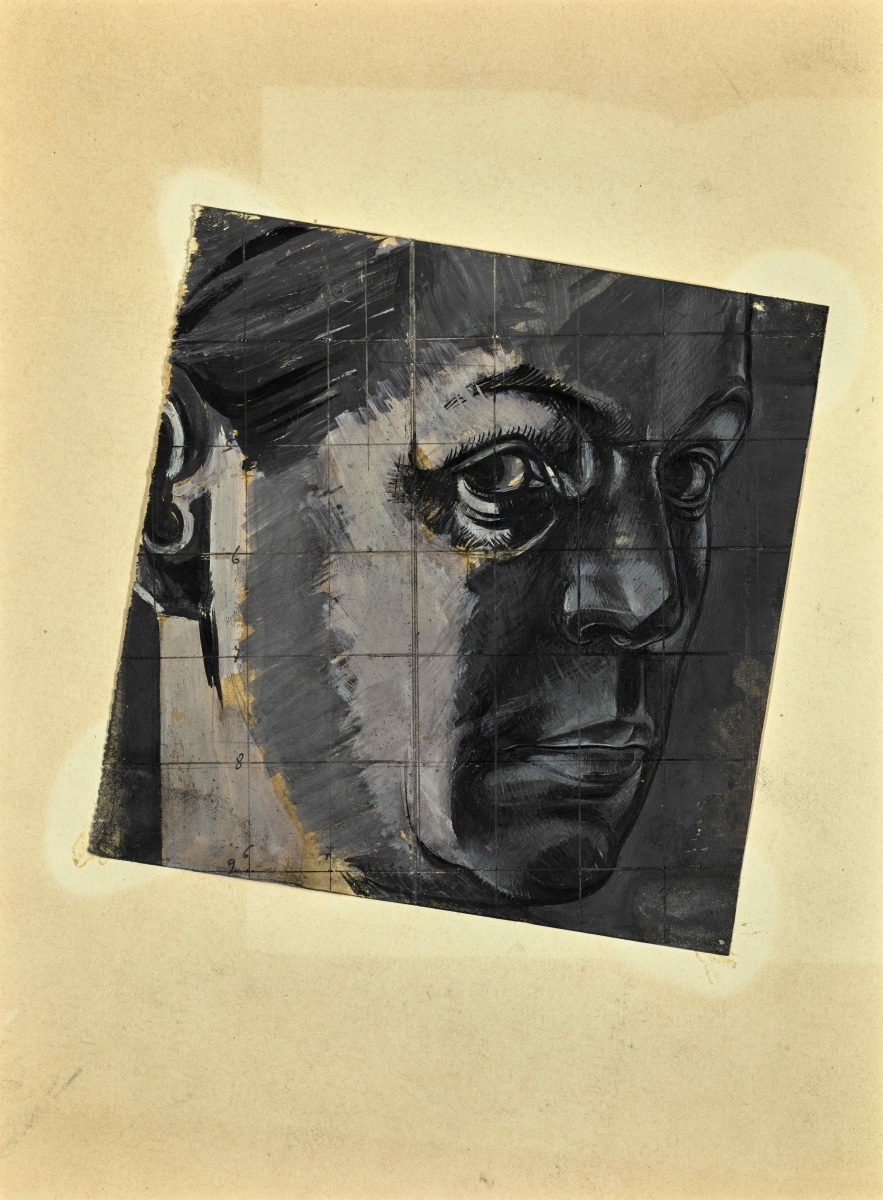
Solomon Nikritin. Self-Portrait
|
The history of birth and inglorious death of the Moscow Museum of the Fine Art Culture (MFAC) reflects the pathos of the political wrestling, the fight for power in the first 5-year periods of the Soviet times. The devout sons of revolution became its victims, as it often happened in other countries. The Russian revolution was the first to emphasize the importance of art in the nearest historical perspective. Yet not all of the Kremlin rulers were active in supporting the emerging of a new kind of art as a part of the ideological superstructure. MFAC ows its birth to Anatoly Lunacharskiy, who was the head of culture. It was his position as a human and as a civil servant that let the left, revolutionary-thinking artists grab the power in their hands at lighting speed.
The almost ten years of MFAC’s life were a noticeable milestone in this changeable story. One of the first state museums of contemporary art emerged at the sunrise of political and philosophical-ethical pluralism, and saw its last days in the thickening totalitarian dusk. The museum suddenly became the bastion of the young. In charge of MFAC was put a 20-year-old Vkhutemas student—Petr Vilyams. He brought along his coeval companions, among whom were names which have neither gone viral, nor infamous: Alexander Tyshler, Sergey Luchishkin, Solomon Nikritin. It’s hard to overestimate the role of the later in the building and wellbeing of the museum. Nikritin became the author of the most important manifestos confirming the novelty of the creative method, he created the notions of “projectionism” and “projectionist theatre”.
Nikritin’s lectures in MFAC were obligatory for him, as he was the chairman of the analytical cabinet of the museum since 1925, and they were a huge success among students. There is testimony about a full house in a 600-seats auditorium during his lecture in Vkhutemas. Nikritin’s accomplishment wasn’t about buying exhibits for the museum—they had all been collected before his arrival in 1919–1922. Neither was it about maintaining the collection, but scientific-pedagogical and research practicing: Nikriting found a path he might have long dreamed of—it was the time of manifestos, declarations, diving into science, exploration of possibilities of changing the very nature, the landscape of fine arts. Nikritin called his research method a tectonic one. With passion and diligence he strived to apply his idea of dividing the full into parts, in order to subject each separate unit to the most careful and thoughtful analysis. The tectonics in Nikritin’s text sometimes reminds of lab experiments with frog autopsy with the only difference that the outcome of this analytical work is neither death, nor resurrection of the examined object, but the achievement of harmony of the partial through the dismemberment of the whole. Nikritin’s activity as the chairman of the MFAC’s analytical cabinet lasted for almost 4 years, till the end of 1928. In February, 1929 Nikritin was forced to resign. MFAC turned its last page. The collections were distributed by lists, some of the works were destroyed—canvas turned into rags, counter-reliefs into remelted metal, paper into recycled paper. The scientific-conceptual work of the cabinet was a subject to oblivion, as it didn’t correspond with aspirations of Soviet masters of arts, and it contradicted the social-realist method.




